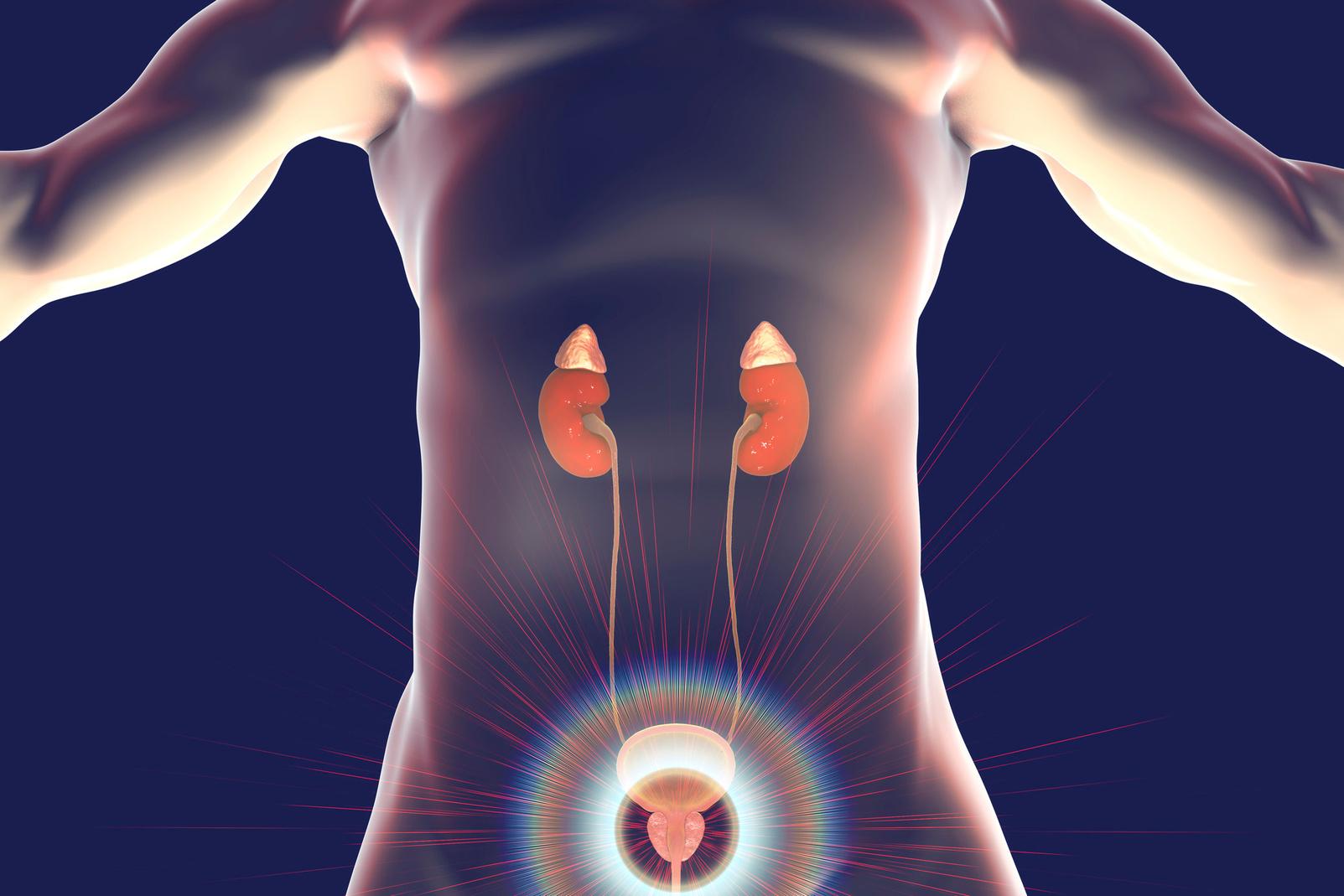PROSTATE








Prostate cancer develops in the prostate, a small walnut-shaped gland that’s part of a man’s reproductive system.
Prostate cancer is one of the most common types of cancer. Many prostate cancers grow slowly and are confined to the prostate gland, where they may not cause serious harm. However, while some types of prostate cancer grow slowly and may need minimal or even no treatment, other types are aggressive and can spread quickly.

You’re two to three times more likely to get prostate cancer if your father, brother or son has the disease.
Inherited mutated (changed) breast cancer genes (BRCA1 and BRCA2) and other gene mutations contribute to a small number of prostate cancers.

Small cell carcinomas.
Transitional cell carcinomas. Neuroendocrine tumors. Sarcomas.
Active surveillance: With this approach, you get screenings, scans and biopsies every one to three years to monitor cancer growth.
Brachytherapy: A form of internal radiation therapy, brachytherapy involves placing radioactive seeds within the prostate.
Systemic therapies: Your provider may recommend systemic therapies if cancer has spread outside of the prostate gland.

Focal therapy: Focal therapy is a newer form of treatment focusing on treating only the area of the prostate affected by cancer.

Frequent, sometimes urgent, need to urinate, especially at night.
Weak urine flow or flow that starts and stops.
Painful urination (dysuria).

Fecal (bowel) incontinence.
Painful ejaculation and erectile dysfunction (ED).
Blood in semen (hematospermia) or urine.




Digital rectal exam: Your provider inserts a gloved, lubricated finger into the rectum and feels the prostate gland, which sits in front of the rectum. Prostate-specific antigen (PSA) blood test: The prostate gland makes a protein called a proteinspecific antigen (PSA). Biopsy:


